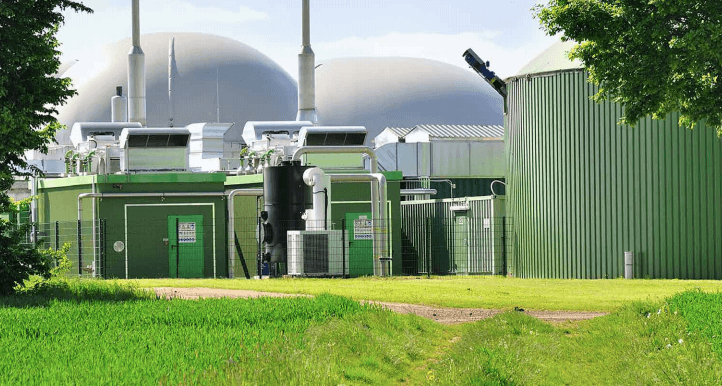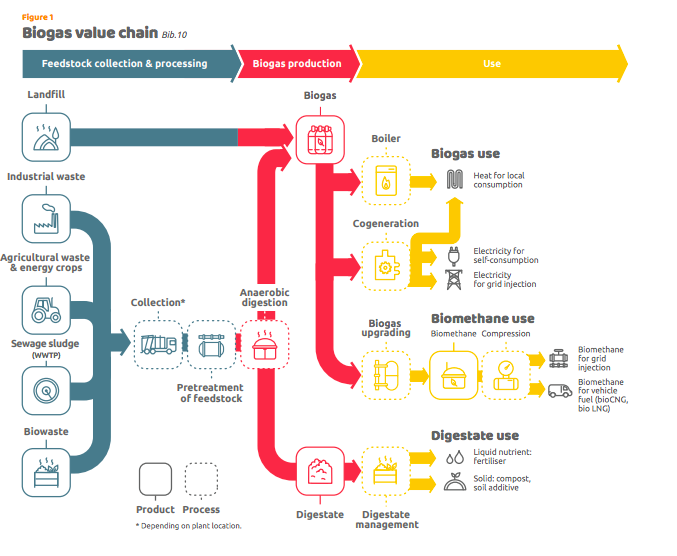Biogas – time to start cooking with renewable gas?
A new report has found that Australia could source almost 9 per cent of our total energy needs from renewable biogas produced from waste products.

Unlike the gas sourced from fossil fuels reserves deep underground, biogas is produced naturally as organic materials break down in oxygen free environments.
There is no shortage of feedstock – rubbish tips, water treatment plants and agricultural processors are overrun with fertile waste products. Despite that, Australia’s biogas output today is the equivalent of just 0.5 per cent of our electricity generation.

As Europe’s largest producer of the naturally occurring gas, Germany provides a blueprint of what is possible. Their 9500 plants operating nationally have an installed capacity of around 5 GW, 3.5 times the capacity of the Phillipsburg two nuclear power plant that is scheduled to close at the end of the year.
READ MORE: VIEW ARENA’S BIOENERGY PROJECTS
While the lucrative government incentives that drove the technology over the past decade are being phased out, biogas has already established a strong foothold. This perspective has particular relevance for Australia, with new research showing that our biogas potential is comparable to Germany’s production today.
Isn’t biogas just another polluting source of energy?
Typically biogas is made up of 50-70 per cent methane, with 25-45 per cent carbon dioxide and small amounts of other gasses.
While it does release carbon dioxide when combusted, because the gas is produced from plant matter that sequesters carbon from the atmosphere during its growth cycle, it can be a carbon-neutral source of energy.
Methane is the key component. Already created by common processes in our day-to-day lives, the report indicates there is an opportunity to do more to utilise it as a resource, rather than allow it to be released into the atmosphere.
Some of the common sources are landfills, sewage treatment plants and agricultural processes. If the biogas emitted from these processes was captured, it could be combusted to create heat to power a boiler or warm a house, or even power a generator to produce electricity.

If purified to make biomethane by removing the carbon dioxide and other gases, the refined gas could be compressed and used to fuel vehicles or injected into the natural gas grid.
Biogas Opportunities for Australia suggests that the development of a domestic biogas industry could present a number of benefits.
As a renewable energy source biogas could assist to decarbonise the economy and divert waste away from landfill. The renewable gas offers a secure and dispatchable source of energy, and once upgraded to biomethane could help to replace natural gas in our daily lives. Biogas also presents an opportunity for local and regional economies to derive from a new source of income from waste products that are already being processed.
Identifying that despite there being 242 biogas plants were operating across Australia in 2017, roughly half of the gas captured was flared rather than being utilised as an energy source. Amongst the recommendations made, the report suggests that more can be done to create demand for biogas, and simplify the construction of new biogas projects.
Read the full report developed in partnership with Bioenergy Australia, CEFC, Energy Networks Australia and IEA Bioenergy.
Read more about bioenergy in Australia.
LIKE THIS STORY? SIGN UP TO OUR NEWSLETTER

ARENA